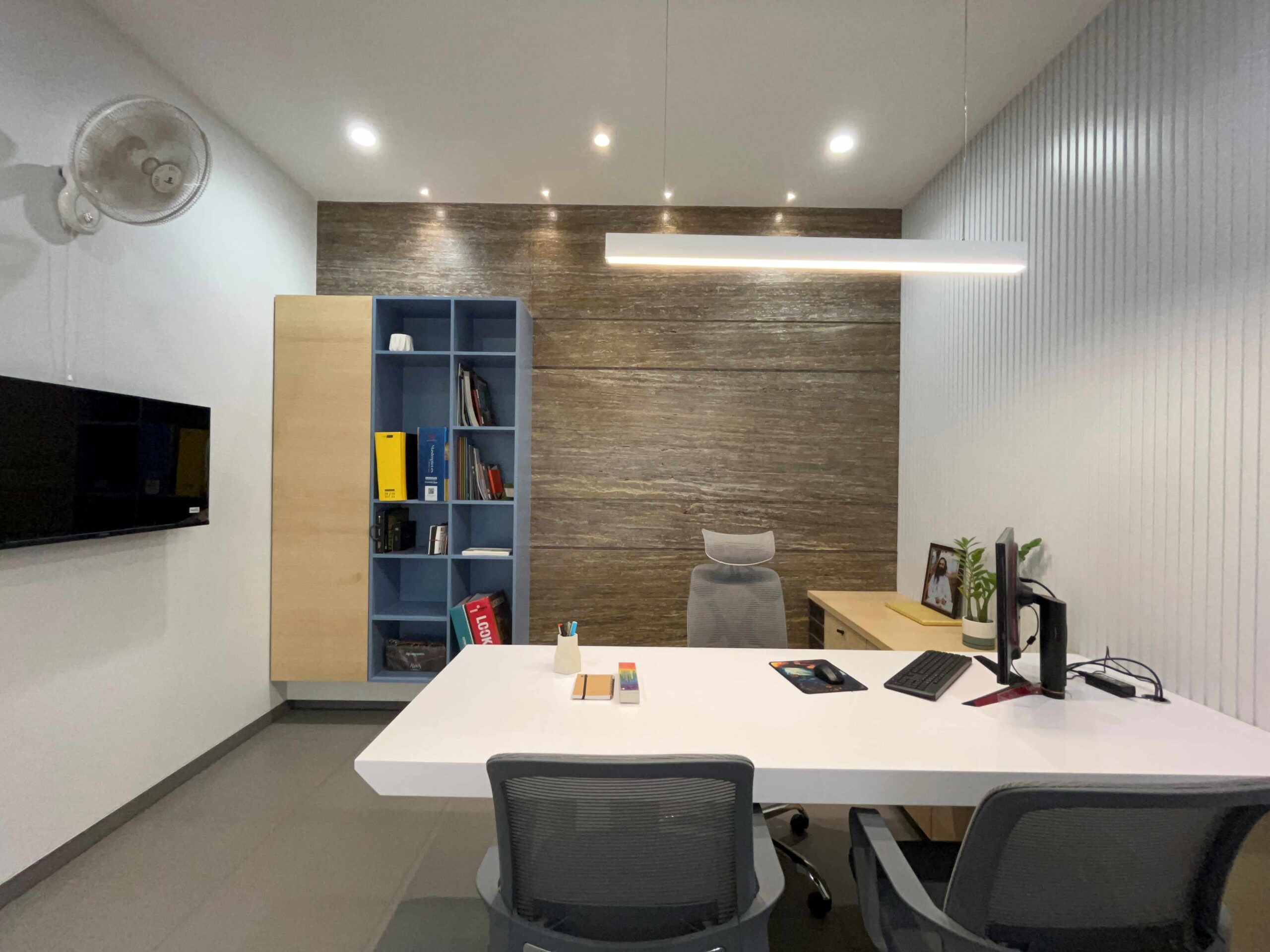Boost Your Home's Aesthetic: The Vital Link In Between Interior Design and Home Engineer
In the quest to change a residence into a home, the bond between indoor design and style is instrumental. As we discover this subject better, we'll unveil essential approaches for harmonizing building framework with interior appearances, inviting you to discover new measurements of your living space.
Understanding the Core Principles of Interior Design and Style
While many may view interior decoration and architecture as simply aesthetic quests, they are, actually, complex disciplines rooted in certain core concepts. These concepts guide the development of practical, lasting, and aesthetically pleasing spaces. In indoor layout, elements such as focus, equilibrium, and rhythm are crucial factors to consider. Developers adjust these components to produce areas that are not only visually appealing, but also functional and comfy. Similarly, design focuses on concepts such as toughness, utility, and elegance. Engineers need to think about these factors while making structures that meet the demands of their passengers, withstand the examination of time, and contribute favorably to their surrounding environment. Recognizing these core principles is essential for appreciating the deepness and breadth of these interconnected self-controls.

The Symbiotic Connection Between Interior Design and Home Architecture
Though seemingly distinct, interior decoration and home style share a cooperative connection that is crucial to the creation of harmonious, functional, and visually pleasing living spaces. The style supplies the skeleton, a physical framework where interior decoration takes a breath life, transforming these spaces right into homes. Winchester architect. Crucial to this symbiosis is the understanding of their common aspects such as light, type, room, and materials. They are interdependent; the design typically informing the indoor layout options, and vice versa. A building's building style can affect the interior's shade palette, furnishings selection, and design. Conversely, the wanted interior can determine the architectural framework. This mutual partnership elevates and enhances both disciplines, pressing the borders of convenience, function, and design.
Crucial Element for Harmonizing Interior Design and Architectural Design

Case Researches: Effective Assimilation of Interior Design and Architecture
Examining several instance studies can drop light on the successful combination of indoor style and style. It makes use of a similar approach, yet the interior design is bolder, with a noticeable sculpture in the living location, developing a vibrant interplay in between the architecture and interior layout. These situations demonstrate the potential for interior style and style to boost each various other, creating a natural and visually pleasing setting.
Tips for Aligning Your Interior Design With Your Home's Architectural Functions
While it might seem challenging, aligning your interior decoration with your home's architectural functions can dramatically enhance the total aesthetic and environment. The very first step check it out is to comprehend the architectural style of your home, whether it's modern-day, typical, or a mix of both. Then, pick home furnishings and decorations that complement it. A modern home might benefit from minimal furnishings, while a typical residence could look ideal with timeless items. Make use of the all-natural light, shapes, and lines of your home's design. Highlight them if your house has distinct features like arched doorways or exposed beams. Don't cover these up; instead, make them focal factors. With thoughtful factor to consider, your interior style can perfectly mix with your home's architecture, developing a cohesive and from this source welcoming area.
Conclusion

Boost Your Home's Aesthetic: The Essential Connection Between Inside Style and Home Engineer - Winchester architect
Though relatively distinct, indoor design and home design share a symbiotic relationship that is important to the creation of harmonious, functional, and aesthetically pleasing living spaces. It uses a comparable approach, but the indoor style is bolder, with a noticeable sculpture in the living location, producing a dynamic interaction between the design and interior design. With thoughtful factor to consider, your indoor style can effortlessly blend with your home's architecture, creating a natural and inviting space.
In significance, home style and interior design are visit our website synergistic techniques that, when harmoniously integrated, can boost a home's visual and livability. - Winchester architect